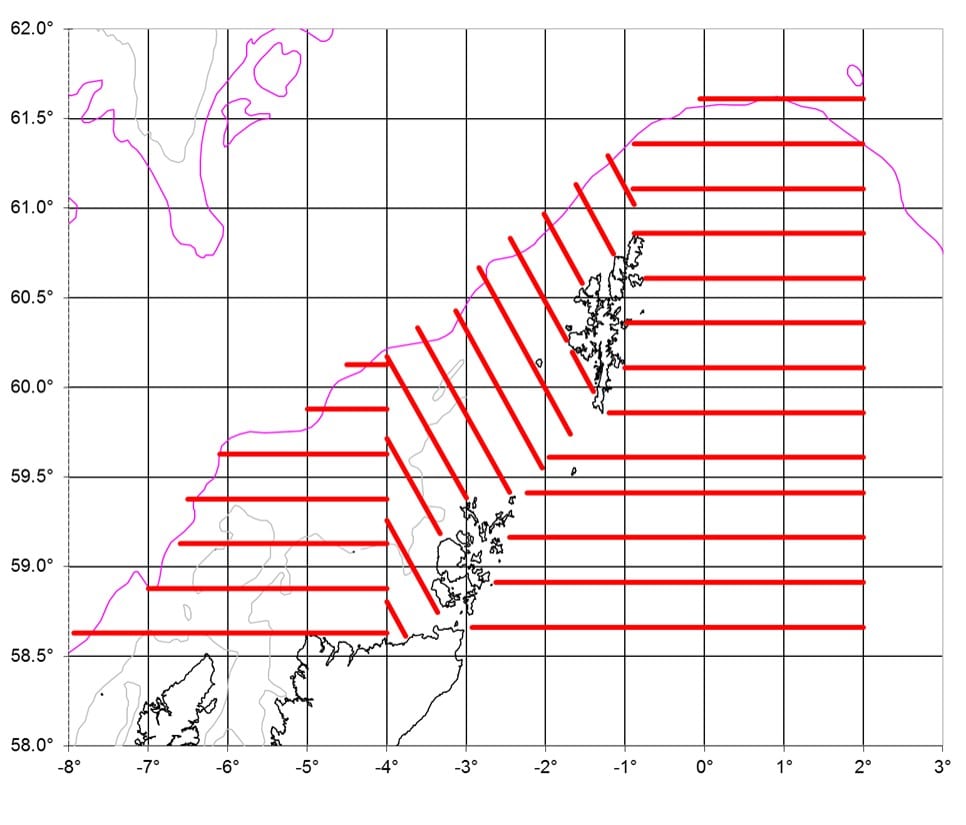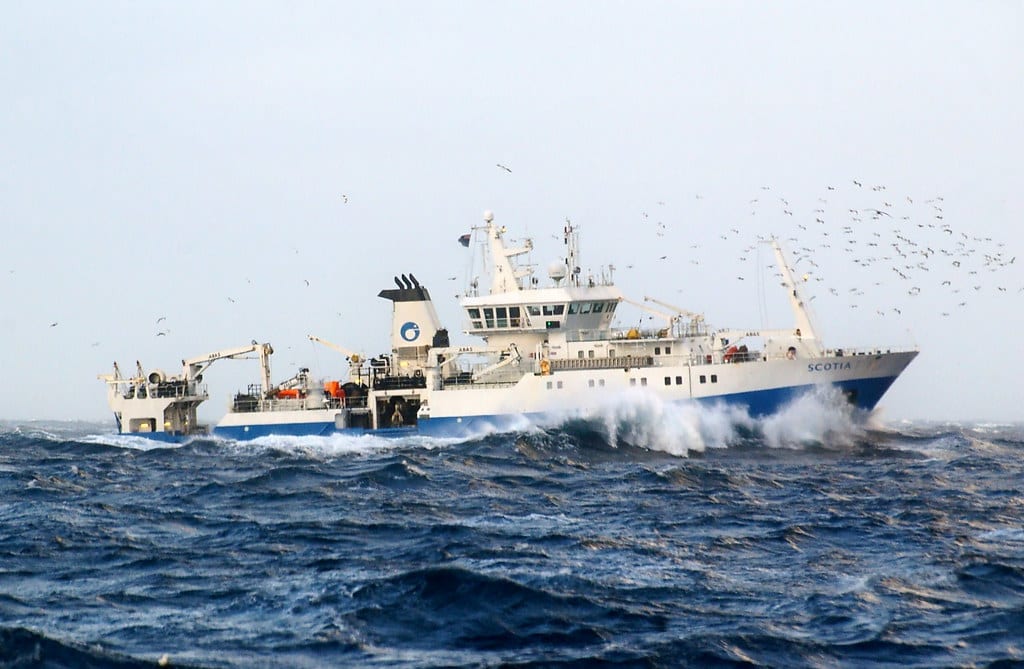Marine
Getting to know the Herring and Sprat
July 19, 2019 by Marine Directorate Communications No Comments | Category Fisheries, Marine Directorate general, Marine Directorate Science, Marine Directorate Surveys, Research Vessel Surveys
MRV Scotia
Survey: 0919S Programme
Duration: 27 June – 19 July 2019
Sampling Gear:
- Midwater trawls PT160 x 3
- Demersal trawl (BT237)
- Scanmar trawl eye sensor
- SIMRAD FS70 net sonde x 2
- RBR-Concerto CTD with Dissolved Oxygen probe
- Water sampler for collecting water samples from bottom of CTD dips
- GoPro cameras x 2 with underwater housings and lights and frame
Objectives:
- Conduct an acoustic survey to estimate the abundance and distribution of herring in the north western North Sea and north of Scotland between 58º30’-62ºN and from the shelf edge to 2ºE, excluding Faroese waters.
- Obtain biological samples by trawling with pelagic and demersal trawl for echosounder trace identification.
- Obtain samples of herring and sprat for biological analysis, including age, length, weight, sex, maturity and ichthyophonus infection throughout the survey area.
- Collect samples and data for stock identity determination of herring. Photos and otoliths for morphometric stock ID analysis for herring caught west of 4 ºW; tissue samples for genetic analysis from herring throughout the survey area.
- Use GoPro cameras mounted in the net and on a drop frame to further aid in species identification in the echogram scrutiny process.
- Obtain hydrographic data for comparison with the horizontal and vertical distribution of herring and sprat.
- Obtain dissolved oxygen vertical water column profiles for comparison with occurrence of prominent 38kHz scattering layer as part of Aberdeen University Hons student project.
- Collect near sea bed dissolved oxygen measurements for Marine Scotland Science (MSS) monitoring programme.
Procedure:
The vessel will depart Aberdeen and make passage to Scapa Flow, Orkney Islands, where calibration of all echosounders will take place (approximately 8-12 hours at anchor).
Following calibration the vessel will go to the first transect to the east and follow a pattern of parallel transects running east/west, at normal steaming speed (10.5 knots), progressing northwards. The whole survey area is bounded by 58º30’-62ºN and 02ºE to the 200 m contour. Transect spacing is 15 nm. This may be adapted during the survey to maximize area coverage given the time available. The proposed survey design is shown in Figure 1.
Acoustic data will be collected at four frequencies (18, 38, 120 and 200 kHz) between two and four times per day at any time between 03:00 and 23:00. Fish shoals seen on the echosounder will be identified using either a pelagic (PT160) or demersal trawl (BT237) in consultation between fishing master and scientific staff.
Samples of all species caught will be measured for length to partition the echo integral amongst species and size classes for target strength functions. Individual herring, sprat and mackerel will also be weighed to establish a length-weight relationship. Otoliths will be collected from a sub-sample of the herring according to the following length stratified scheme to determine age:
- two per 0.5 cm class below 22 cm;
- five per 0.5 cm class from 22.5-27.5 cm; and
- 10 per 0.5 cm class for 28.0 cm and above.
For each herring in the sub-sample the state of maturity, gonad weight, liver weight, whole and gutted weight, presence of food in the stomach as well as the presence of Icthyophonus infection will be recorded. The maturity scale used throughout the survey will be the Scottish eight-stage scale.
Genetic sampling of herring for stock discrimination purposes will be carried out on selected hauls throughout the survey area.
Where sprat is encountered five per 0.5cm length class will be sampled for age, weight, sex and maturity.
In the area west of 4ºW, in addition to the above, random sampling of 120 fish above 24 cm length will be carried out for each haul with photographs taken for morphometric stock identification analysis and a tissue sample taken for genetic analysis. Otoliths from these fish will, subsequent to aging, be made available for morphometric analysis. After photographing them, and where possible, these randomly sampled fish will make up part of the standard sampling for herring. Additional fish will be collected to ensure the relevant numbers of fish are collected per strata for acoustic data analysis.
A GoPro camera and underwater lights will be mounted in the trawl to aid species identification by delivering additional information on composition of the catch. A GoPro camera may also be deployed manually on a small drop frame to investigate the feasibility of using this technique to verify species composition of echosounder traces in untrawlable areas.
A vertical hydro dip to collect temperature, salinity and dissolved oxygen measurements will be carried out immediately following trawls this is based on the requirement to achieve one station in each ICES rectangle.
Bottom water samples for calibrating salinity sensors will be collected using water sampler attached to the CTD wire and surface water samples will be collected from continuous flow tap in Fish house. Water samples will also be collected separately for calibrating the dissolved oxygen probe at selected stations.
Further Information:
Tags: Aberdeen, acoustic survey, Alba na Mara, herring, mackerel, Monitoring, MRV Scotia, North Sea, Orkney, pelagic, research, research vessel, samples, Scapa flow, science, Scotia, Scotland, sprat, Survey, trawling



Leave a comment